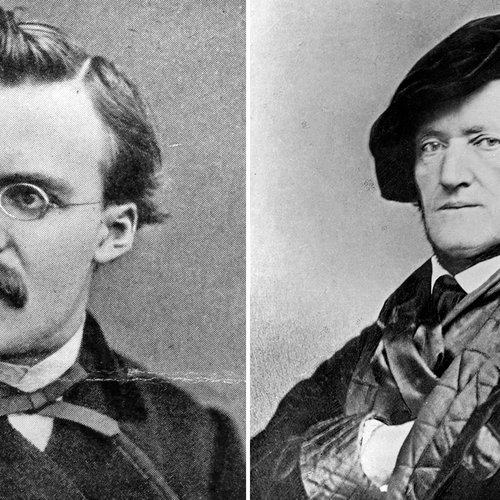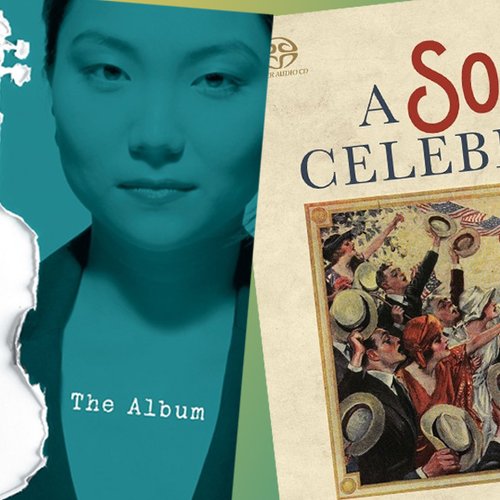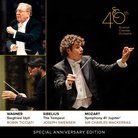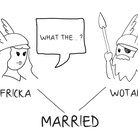Wagner - Tristan and Isolde
Richard Wagner's Tristan and Isolde is one of his best-loved and most epic operas, still frequently performed today - but what's the story behind the curtain?
"Since I have never in my life known the true happiness of love, I wish to erect a monument to this, the most beautiful dream of all, in which love will be fully satisfied from beginning to end. I have made a sketch of a Tristan and Isolde in my head; the simplest yet most full-blooded conception. With the black flag that waves at the end I shall then enshroud myself and die."
How on earth was the Hungarian composer Franz Liszt meant to respond to that particular letter from his friend and fellow composer Richard Wagner in 1855?
The extreme nature of Wagner’s pronouncement is ultimately matched in the ground-breaking, powerful music he composed for this, his opera Tristan and Isolde. The composer went on to state that this was a tale of ‘the bliss and wretchedness of love’, and one that could end only with ‘one sole redemption – death’. So at the outset, we know this is no light-hearted affair.
Most famous for its Prelude, in which we find the much-analysed ‘Tristan Chord’ – which was to confound and fascinate critics and musicologists in equal measure – Tristan and Isolde is opera on an absolutely epic scale – and none the worse for that.
Illustration: Mark Millington












